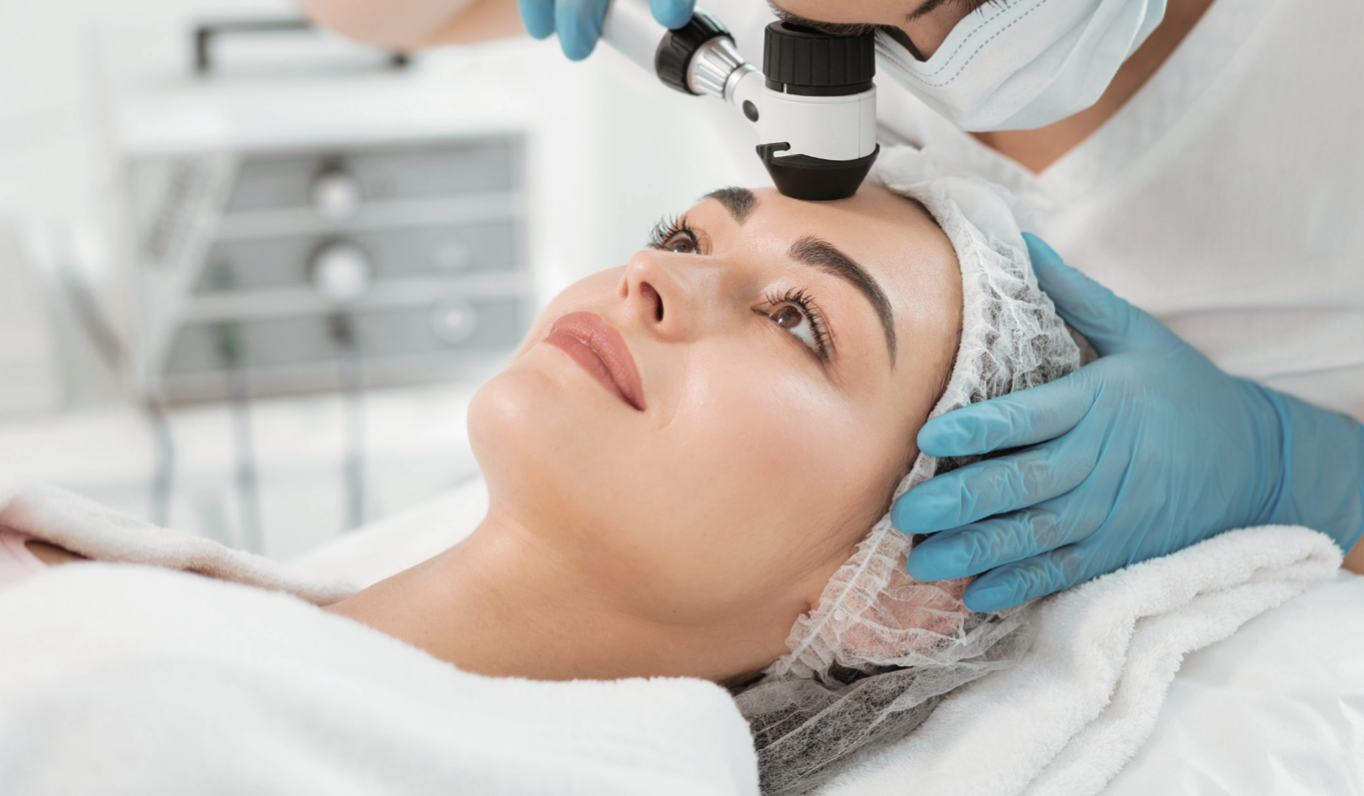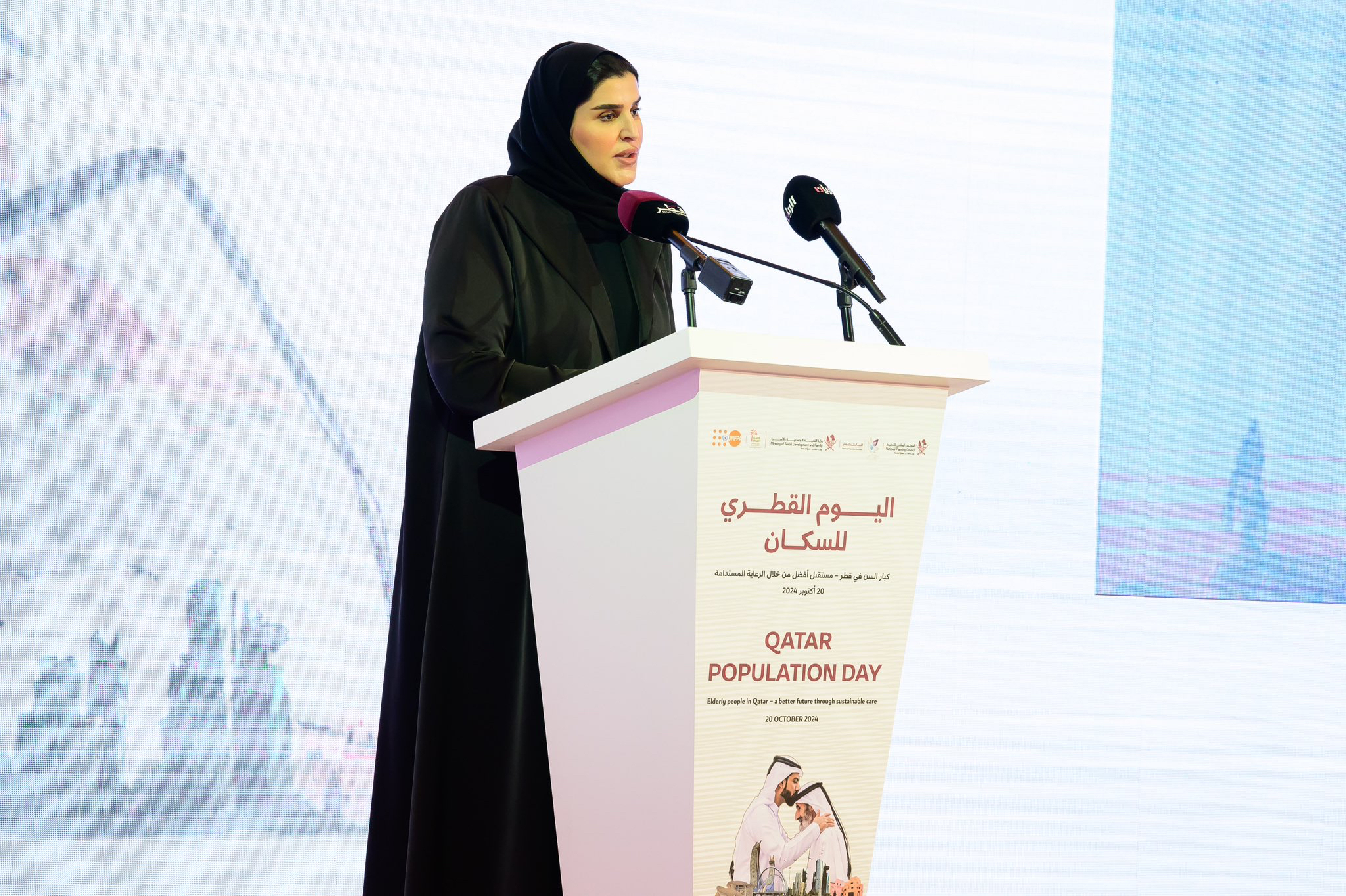Visiting Korea is not just about beautiful scenery, adventure, technology and history, but also about healing for one’s self.
In July, Doha News travelled to South Korea with the Korea Tourism Organisation, and learnt more about South Korea’s healing philosophy and culture and how it is closely linked to the country’s tourism sector.
The tourism industry in Korea can fill up books, with its vastness; and medical tourism is but one category within the large sector, yet leading the industry worldwide.
Korea has emerged as a medical tourism powerhouse and, with state-of-the-art medical equipment, smart IT-based medical technologies, smart hospitals and innovative treatments, it has become a “cradle of doctors.”
Korean general hospitals’ transplantations, robotic surgeries, and endoscopic operations have some of the best-in-class quality among medical tourist destinations, particularly, Korea’s cancer survival rate, which is more than double the average among OECD countries. For this reason, patients travel to Korea for medical treatment from various regions in the world including Russia, Central Asia, Middle East, the Americas, Europe, China and Japan.
Internal Medicine
Internal Medicine is one of the leading fields in Korean Medicine. Korea is the world-renowned leader in cancer treatment.
It is ranked fifth globally and is also number three in the top 20 global hospitals for cancer treatment. The survival rate of patients with major cancers in Korea is the highest in the world.
Plastic Surgery
The Plastic Surgery field in South Korea is known as the new ‘Hallyu Era’, or “Korean Wave.”
The plastic surgery sector in Korea is 25% of the global beauty market, with its plastic surgery technology being a global standard for plastic surgeons. For foreigners who aspire to K-beauty, getting plastic surgery in Korea has become a turning point in their lives.
Dermatology
Dermatology clinics in Korea provide optimum and customised medical services through scientific skin diagnosis while offering total beauty care services from consultation to examination to operation and recovery and, nowadays, Korea boasts the world’s best-in-class stem cell technology, which has anti-aging and immunity-boosting effects.
Physical Examination Center
Another sector in Korean medicine is the Physical Examination Centre, which is a One-stop Physical Examination System from identifying a disease to treatment.
Korea’s physical examination system is ranked fifth among 194 countries worldwide in terms of disease detection, leading the effort to prevent disease, through early diagnosis and hence, timely treatment.
Obstetrics and Gynecology
South Korea has become the ‘lantern of hope’ for couples suffering from infertility and subfertility around the world.
It has one of the top five global fertility centers, and has achieved an outstanding level of 45% to 50% pregnancy success rate, as well as childbirth of high risk mothers.
Furthermore, Korean hospitals introduced a time-lapse system, which observes and records the entire embryo development process, and selects the best embryo in order to induce a healthy pregnancy.
When comparing prices among countries, the medical procedure costs almost one sixth of that of the United States.
Orthopaedics
Orthopedics is yet another area in Korean medicine which is worth mentioning.
Orthopedics is divided into the areas of spinal disease and joint disease. Taking spinal diseases as being a rapidly increasing disease in the modern era, Korea underwent countless clinical trials and researches, and made notable achievements in spinal surgeries.
Patients report highly satisfied reviews regarding the minimally invasive spine surgery, as it maintains normal tissues while treating the affected area, making it easier for them to return to their normal life after surgery.
Traditional Korean Medicine
Last but not least, there’s “Traditional Korean Medicine” where South Korea combines its traditional medicine with science.
Many foreign patients visit the country to receive traditional Korean medicine as it has gained a lot of popularity worldwide, especially for those seeking weight loss, beauty care, and illness treatment.
Traditional Korean medicine hospitals are dedicated to developing science-based traditional Korean medicine, further upgrading the standardised herbal medicine system through medicinal herb research institutes and a certification system for herbal medicine production facilities.
The most representative treatment in traditional Korean medicine is Chuna manual medicine (CMM) that represents a non-surgical therapy for spinal diseases. It is an integrated treatment that resolves problems with joints, muscles and bones.







